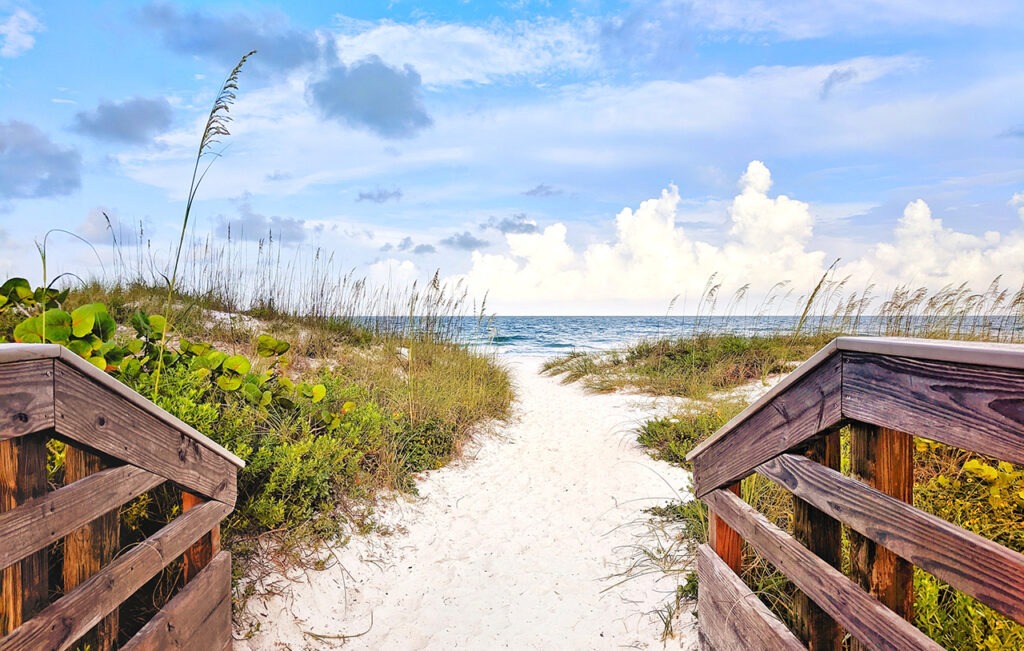
Tropical Marine Tribulations
by John Bagnasco
It has been a while since I visited Florida and I forgot how much humidity affects plant growth. We spent most of our time in the Tampa Bay area and even though temperatures can get lower than San Diego, they quickly rebound and that coupled with increased humidity allows more tropical species to thrive. Many of these such as sea grapes, clusia and royal palms would sulk and waste away in southern California’s Mediterranean climate.
While I was reminded of the Florida plant life, the occurrences in the coastal water were something new to me. All the local beaches were experiencing a red tide, which is a harmful algae bloom caused by an above-normal concentration of the microscopic algae, Karenia brevis. Local shores were littered with dead fish and other marine life. In the marine environments along Florida’s west coast and elsewhere in the Gulf of Mexico, this naturally-occurring phenomenon has been documented as far back as the 1700s.
As red tide blooms approach coastal areas, breaking waves cause the toxins to mix with airborne sea spray. People in coastal areas can experience varying degrees of eye, nose, and throat irritation. However, when a person leaves an area with red tide, the symptoms usually go away. People with severe or chronic respiratory conditions such as asthma or chronic lung disease are cautioned to avoid beaches with active red tides.
If this wasn’t bad enough, scientists at the University of South Florida with the help of NASA satellites, have been tracking the bloom of sargassum, a type of brown seaweed. Amazingly, it is five thousand miles long, 400 miles wide, and over six million tons. The massive bloom is drifting toward Florida and the Gulf of Mexico, posing a threat to beaches across the Gulf.
When the bloom hits a beach, it can pile three to six feet high on the shoreline and clog swimmable waterways. If the seaweed is not removed from the beach quickly, it will begin to rot, emitting hydrogen sulfide gas with the smell of rotting eggs, which can irritate skin, eyes, and the throat, as well as make breathing difficult for those with asthma.
